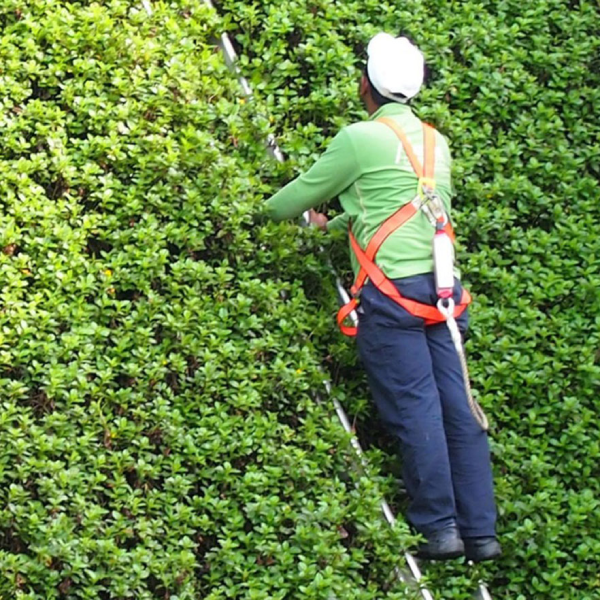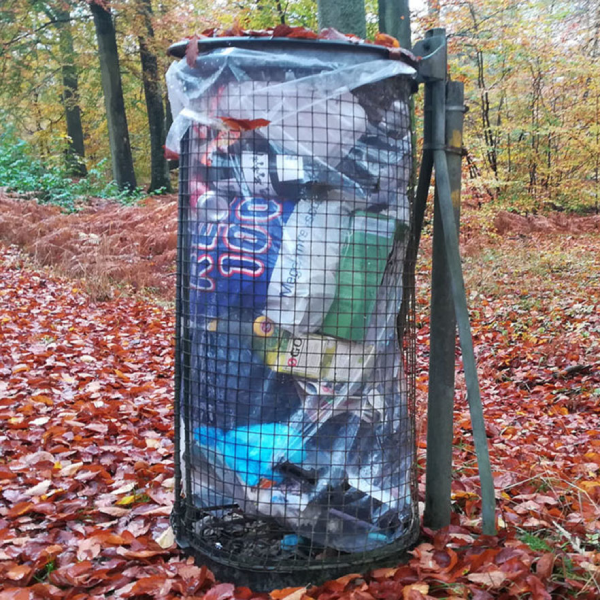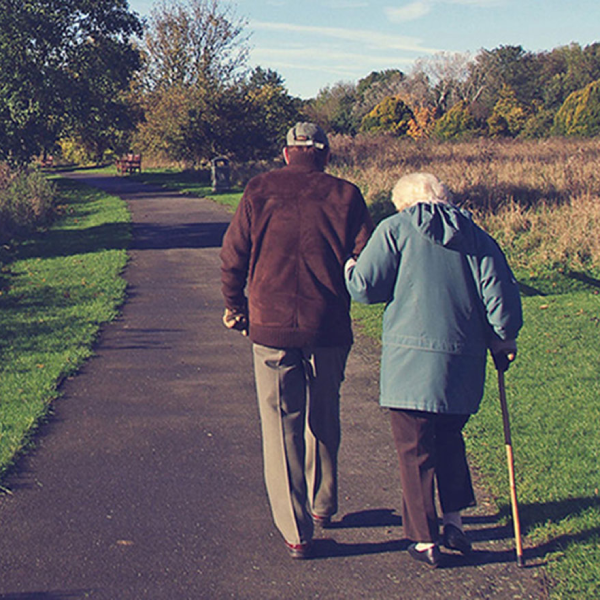Biodiversity
Collecting seeds
It’s a fun project to harvest seeds, so just throw yourself into it. For example, by participating in one of our many walks in late summer and early autumn where we teach you how to collect seeds and make the most amazing seed bombs.
Throughout the year, we cut off the flower heads when they wither. But if you want to make your own plants next year, it’s a good idea not to throw away the flower heads.
You can collect seeds from annual summer flowers, biennial flowers and perennials. You can collect both from your own garden, in nature and if you have seen something beautiful throughout the year, you can often also successfully get permission from another garden owner to harvest some seeds when the flowers have faded.
Then there’s the logistics. Because where exactly did you see the beautiful flowers and when is it time to knock and politely ask the garden owner if you can harvest some seeds. Here it is always a good idea to have something to trade. You can, for example, have some cuttings in the bicycle basket that you can offer in return.
The seeds can be dried and stored in paper bags, on newspaper, tea or coffee filters – something where they can get rid of any excess moisture. Otherwise, you risk quickly rotting in your seed bags. When the seeds are completely dry, you can advantageously clean what you have collected, so that there is nothing but seeds in the bags. That is, sort out other plant parts. And while you remember that, it is also a good idea to note down what you can remember about the flower.
If you give your seed bags a number, you can use the computer for this so you do not have to have lots of pieces of paper, or write on the seed bags, where the writing can easily be smeared the next time you have to look at them.
Collect seeds
Late summer is the time to harvest seeds. This means that if you have flowers in your garden that you would like to have more of, you can take seeds from them and sow them. The quick solution is to take a walk in your garden and gently pat the faded flower heads so that they drop seeds. You can also go out into nature and collect seeds. This is called collecting. It is said that seeds can be collected in nature.
When you harvest seeds, you cannot expect that the seeds will develop into plants that resemble the mother plant. This is because not all seeds are so-called seed constant. It often happens that bees and other pollinating insects fly from flower to flower, and thus crossing can occur, so that the new plants develop a different flower color than the mother plant! If you are starting to take an interest in the wild garden and harvesting seeds, you must be prepared for the diversity of nature.
When harvesting seeds from your flowers, it is important to choose healthy “parent plants”. The healthier the mother plant, the better the quality of the seeds. Timing is important! The seeds should be ripe, but should be harvested before they disperse naturally. Generally, the seeds will be brown or black when ready to harvest. Most ripe seeds are also hard when ripe. Test with a fingernail. If you can pinch the seed, it is still immature.
The seed pods should preferably remain on the plants as long as possible, but they should not sit so long that the seeds scatter. A good rule of thumb is to pick seed pods with stems when they are brown and dry. It is best to harvest in dry weather, as the seeds are also dry. When harvesting seeds, you should bring some small bags, envelopes, etc. and a writing utensil so that you can note the plant name while collecting the seeds.
Harvest carefully. Collect healthy seeds, avoid those that show signs of disease or damage!
Storing Flower Seeds
Seed dormancy is the survival mechanism in seeds where growth and development are temporarily halted. It is a natural pause button that ensures that seeds do not germinate until conditions are optimal. Your goal in storing seeds is to maintain this dormancy until planting time.
Clean the seeds thoroughly
Remove any husks, pods or other plant material. This will reduce the risk of mold and disease during storage.
Dry the seeds
Spread the seeds in a warm, airy place out of direct sunlight for about a week – on kitchen paper, in a coffee filter or a drying bag. Seeds should be completely dry to the touch before storing.
Label your seeds
Remember to label each container with the variety and date of collection.
Storage
Your seeds should be stored in a cool, dark place, preferably. Use envelopes, cloth bags or jars with screw caps. Do not use plastic bags, as residual moisture can cause the contents to rot in an airtight plastic bag.
The hardy summer flowers can be stored in the refrigerator, and pea flowers can withstand storage in the freezer, where they can last for decades! The non-hardy summer flowers should preferably just be kept “basement-cool” and dry. If you don’t have the possibility to store them ideally, then look for a place that is dry and where the temperature doesn’t fluctuate too much – a cupboard in the coolest room of the house is also fine. Avoid storing outside altogether in, for example, sheds and greenhouses. Few seeds survive this!
Cold germinating
Some seeds require cold to germinate, they are called cold germs. Perennials in particular are cold germs. This means that the seeds require a period of cold and then warmth to germinate.
In nature, cold germs are dormant when they detach from the mother plant in the autumn. The dormancy is only lifted when the seeds are exposed to cold during the winter. It is a kind of protection that ensures that the seeds do not germinate in the fall and then die when frost sets in. When it gets warm in the spring, the seeds germinate, and the little sprouting plant can survive.
Therefore, you should sow your seeds in the fall – that is, immediately after you have collected your seeds – so that they are exposed to cold during the winter. If you sow your flower seeds in the spring, you may well risk that they will not germinate – however, some have success giving seeds a few days in their own freezer before planting them in the spring.
If a seed needs cold for a period of time to start germination, it is called cold germs. The flowers we grow in Denmark come from all parts of the world, some plants come from cold and wet regions, while others come from hot and dry regions. When we want seeds to germinate, we must imitate the conditions that naturally start germination for the individual species. For example, some plant seeds need a cold period before they germinate, while others may need a period of room temperature before their seeds are brought to life. Some species even need a period of temperatures that fluctuate between cold and warm before the seed germinates.
Stratification
Stratification is the process by which the seed’s dormancy is broken. How the dormancy is broken, i.e. how the stratification process is to take place, depends entirely on the plant in question. In Denmark, the seeds know very well that they should only start germinating when the winter is over. Therefore, seeds from our native plants will usually only germinate after a cold period, which is followed by a period of warmer temperatures. After germination in the spring, the small new plants will have the whole summer to grow and become well-established plants that are able to withstand the cold winter.
It is quite strange what makes seeds germinate around the world. In areas of the Mediterranean, where wildfires traditionally occur, some seeds need to be exposed to smoke or fire before they can germinate. This adaptation is smart, as areas where there has been a recent wildfire are relatively open, so the small new plants can get enough light for their growth and at the same time not have to compete with a lot of larger plants.
If you want to start harvesting seeds yourself, you need to figure out the logic! It quickly becomes quite cumbersome to keep track of the many seeds, how to store them, when to sow them, etc.
But there is a fun project so just throw yourself into it. For example, by participating in one of our many walks in late summer and early autumn where we teach you how to collect seeds and make the most amazing seed bombs.



